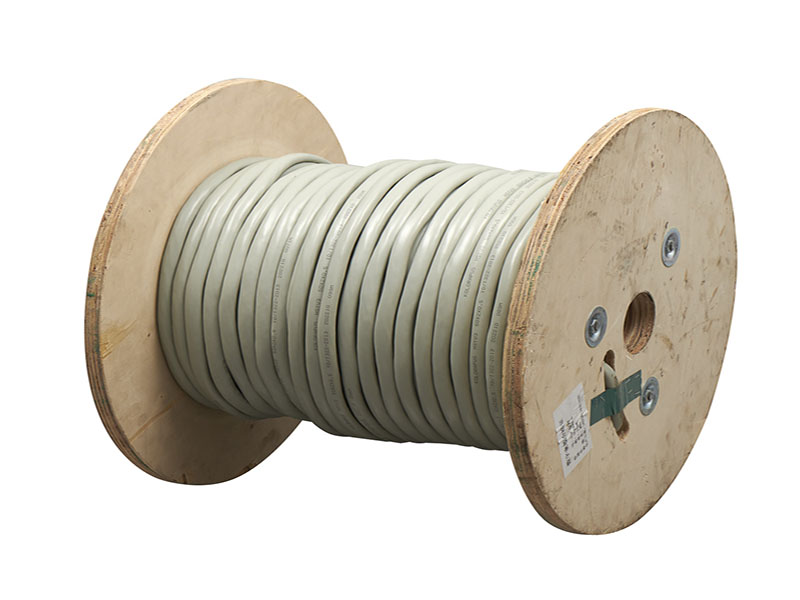Can people use the CAT3 cable in the home for the internet?
In today's digital age, a reliable and high-speed internet connection is essential for various activities, including remote work, online learning, entertainment streaming, and communication. When setting up a home network, choosing the right type of cable is crucial for ensuring fast and stable internet connectivity. CAT3 cable, while once popular for telephone systems, may not be the optimal choice for modern home internet applications.
Understanding CAT3 Cable:
CAT3 cable, short for Category 3 cable, is a type of twisted pair cable commonly used for telephone wiring and voice communication systems.
It consists of four pairs of copper wires twisted together within a single jacket, typically with an impedance of 100 ohms.
CAT3 cable is capable of supporting data transmission speeds of up to 10 Mbps (megabits per second) over short distances, making it suitable for basic voice and low-speed data applications.
Limitations for Internet Use:
While CAT3 cable can technically carry internet signals, its limited bandwidth and slower data transmission speeds make it less than ideal for modern high-speed internet applications.
CAT3 cable is not designed to support the high data rates required for broadband internet access, such as cable internet or fiber-optic internet.
The maximum data transfer rate of CAT3 cable is significantly lower than that of newer categories of Ethernet cables, such as CAT5e, CAT6, or CAT6a, which offer higher speeds and better performance for internet connectivity.
Potential Issues:
Using CAT3 cable for home internet connections may result in slower internet speeds, increased latency, and reduced reliability compared to higher-grade Ethernet cables.
CAT3 cable is also more susceptible to electromagnetic interference (EMI) and crosstalk, which can degrade signal quality and impact network performance, especially over longer cable runs.
Alternatives:
For optimal home internet performance, it is recommended to use newer categories of Ethernet cables, such as CAT5e, CAT6, or CAT6a, which offer higher bandwidth and faster data transmission speeds.
These cables are capable of supporting gigabit Ethernet speeds (up to 1 Gbps) and beyond, providing a more reliable and future-proof solution for home internet networks.
While CAT3 cable may still be found in some older installations or used for specific applications, it is generally not recommended for home internet use due to its limitations in bandwidth and data transmission speeds. To ensure fast, reliable, and high-speed internet connectivity in the home, it is advisable to invest in newer and more advanced Ethernet cable technologies, such as CAT5e, CAT6, or CAT6a. These cables provide the performance and reliability needed to support modern internet applications and services.



